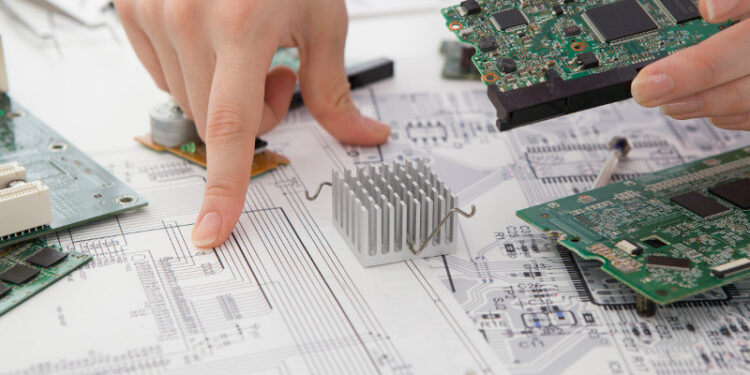The Importance of FPGA in Embedded Systems Design

Employing an FPGA within embedded applications can potentially serve as the solution to various conundrums. Given the perpetual evolution of the technological landscape, designers necessitate a malleable platform that aids them in surmounting emerging obstacles. Embedded FPGAs yield significant benefits for deployment in diverse applications such as vision systems, sensor fusion, edge computing, embedded AI, and beyond.
This comprehensive overview here aims to demonstrate the circumstances wherein FPGAs prove to be the optimal choice for specialized high-compute systems, while also providing guidance on commencing your FPGA utilization journey.
Exploration of FPGAs in Embedded Systems
Embedded systems benefit greatly from FPGAs, offering unique advantages not typically found in popular components like MCUs or MPUs. While these components have traditionally served purposes like application development or prototyping logic implementation on silicon before custom chip design, their significance has grown in the production hardware arena for critical advanced applications. Additionally, FPGAs emerge as formidable compute solutions when alternative components such as SoCs, ASICs, or application accelerators are either inaccessible or non-existent.
Embarking on FPGA Integration in Embedded Systems
- Consolidated Functionality:
When delving into the development of a novel product featuring an FPGA, a common approach involves consolidating all components onto a single board. By employing a custom board, you gain enhanced control over the system’s architecture, especially if you have already validated a prototype and tested your application. This approach even enables the option of designing a board that accommodates a smaller FPGA, thus optimizing resource utilization.
- Commence with a Development Kit:
Another pathway to prototype implementation is through the utilization of a development kit while simultaneously designing a customized base board that establishes connections with the development product. This base board facilitates seamless integration with peripherals, power sources, memory, and various other components. Once the prototype attains validation, transitioning to an alternative system form factor becomes feasible, subsequently facilitating a smooth transition into production.
- Leveraging Expansion Cards for FPGA Design:
In scenarios where an expansion card slot is available, whether it be through PCIe or a high-speed serial interface, it becomes possible to integrate the FPGA onto the expansion card itself. This approach empowers the system to enhance its capabilities by incorporating application-specific compute resources that boast high density. With this, the system gains the ability to tackle demanding computational tasks with optimized efficiency.
Hence, FPGAs in embedded systems empowers developers to overcome challenges and achieve high-compute solutions. This is where Orthogone FPGA services present unique advantages, enabling developers to develop advanced applications.






